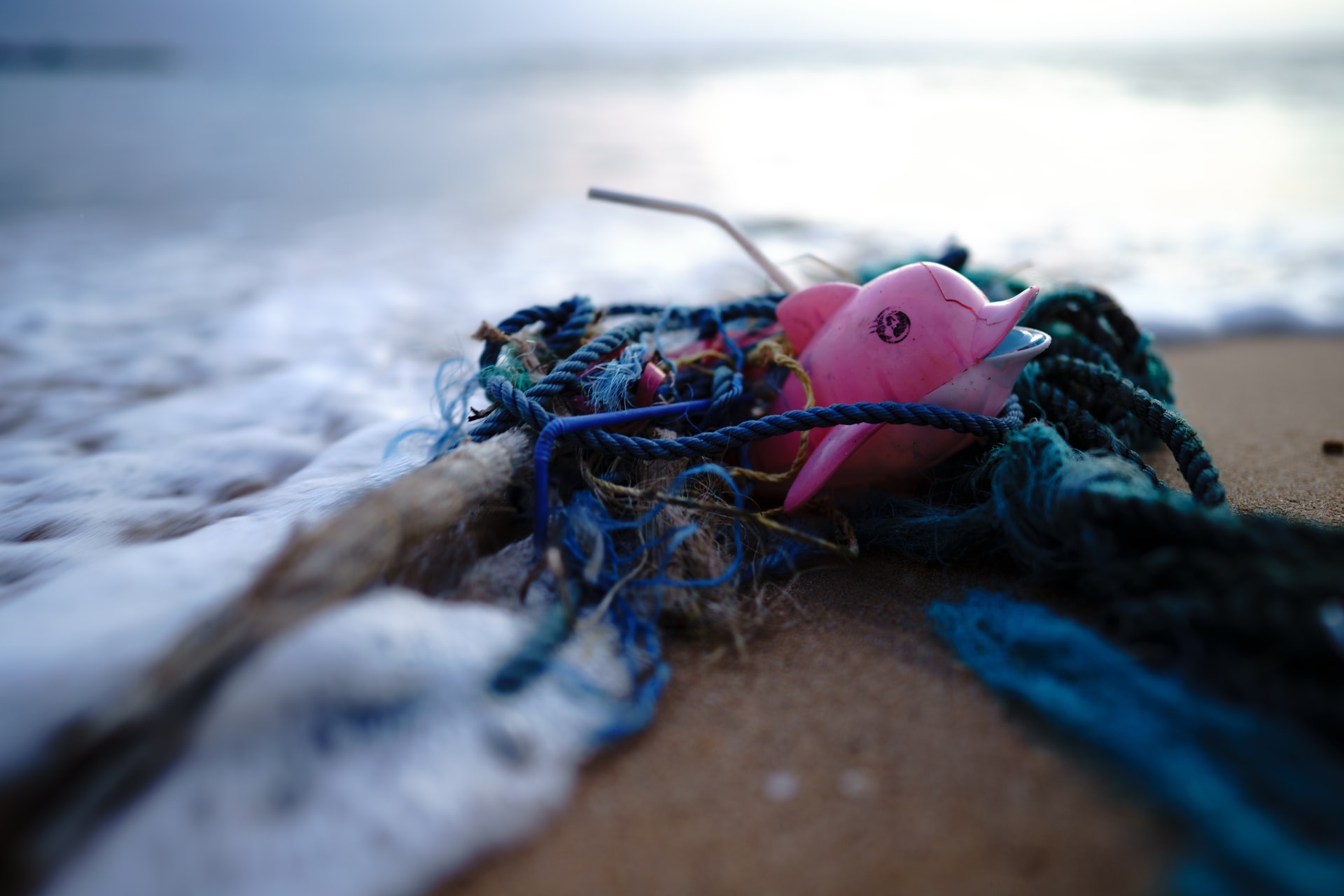By Isabelle Goddard
This article was originally published in The Oxford Scientist Michaelmas Term 2021 edition, Change.
Hypothetically compelling yet scarcely feasible, if we go ‘cold turkey’ on plastics, just how long would it take our planet to heal from this scar? Human activity ensures that the supply of plastics to depositional environments is plentiful. Irresponsible disposal practices allow direct access to depositional environments, and the geological record.
A group of researchers, led by Dr Patricia Corcoran, undertook a study of Kamilo Beach in Hawaii to find evidence of plastiglomerates. Defined as ‘clasts of any origin suspended within plastics’, they are formed where plastic melts in campfires and hardens around native rock. An emerging phenomenon, plastiglomerates are becoming alarmingly more common. As they are being formed, they can enter the rock record, and there is evidence to suggest this process may be taking place in nature. Lithification requires heat above 150℃ to take place, while most plastics begin melting at around 100℃. So, any sediment hot enough to become a rock must also be hot enough to melt any plastics within. These semi-liquid plastics will not only cause changes in the composition and structure of their hosts, but potentially leach harmful chemicals into the surrounding water systems.
The process outlined above begs the question, once the plastic is in the rock, how long does it take for it to leave? The lifespan of a single rock varies greatly. During active volcanism, a rock may exist for a few seconds before it is once again melted. At the same time, bedrock found in Hudson Bay can be up to 4 billion years old. Whole rocks of that age are exceedingly rare and are structurally altered from their original state post-lithification. This suggests that structural changes, as opposed to large compositional changes, take place. Regardless of how great the timescale is, the hardness of plastics means they will be detectable in the rock for millions to billions of years.
At less than 5 mm in diameter, microplastics pose a challenge to global-scale filtration. In oceans, they operate differently to other grains of comparable size during deposition. They are lighter than most comparable natural rock-building materials, such as sands, so take longer to sink and be deposited. This gives them a longer life cycle within the marine system. Considering that microplastics can come from eroded macroplastics, it is evident that stopping plastic production now will not halt the problem but merely reduce the damage. To remove these microplastics before they are deposited, we must focus on large-scale filtration.
Disregarding the Earth’s remaining lifespan and assuming constant tectonic activity, over tens of billions of years, we can model that all terrestrial rock will eventually be subducted back into the mantle. Convection would allow microplastics to be gradually “mixed” into the system. However, the aggregate mass of plastics on Earth is less than a billionth of a percent of the total mass of the mantle. If all plastics ever created were to be evenly distributed through the mantle, a chemical analysis would only capture trace quantities of plastics in the Earth.
Complete mantle mixing is not a reality for the four billion years the Earth has left. The plastic problem affects the terrestrial surface. It is likely that with time, seeing a bright blue mess of fishing nets and pebbles will become as normal as just another stone on the plastic beach. But pioneering solutions already exist to mitigate and minimise the damage. Organisations such as The Ocean Clean Up remove plastics from oceans and other waterways. Moreover, research on the use of Ideonella sakaiensis bacteria to break down PET plastics shows promising results. These bacteria can synthesise plastic into harmless organic molecules, using these molecules for energy. Using biogenic agents prevents the need for plastic burning, and thus forestalls the leaching of harmful chemicals.
It is unavoidable that plastics will remain with us on Earth for the rest of its lifespan. By limiting plastic use, holding corporations accountable for unsustainable consumption, and working to remove and responsively destroy plastic, we will be able to limit the damage we have inflicted on our planet.





